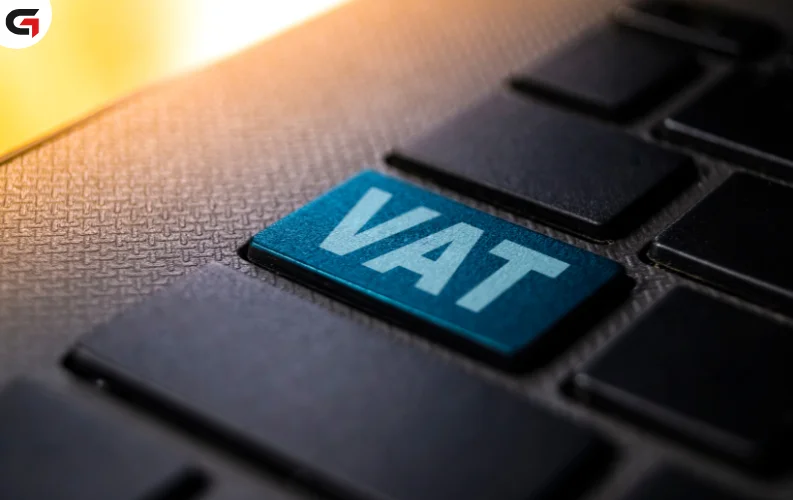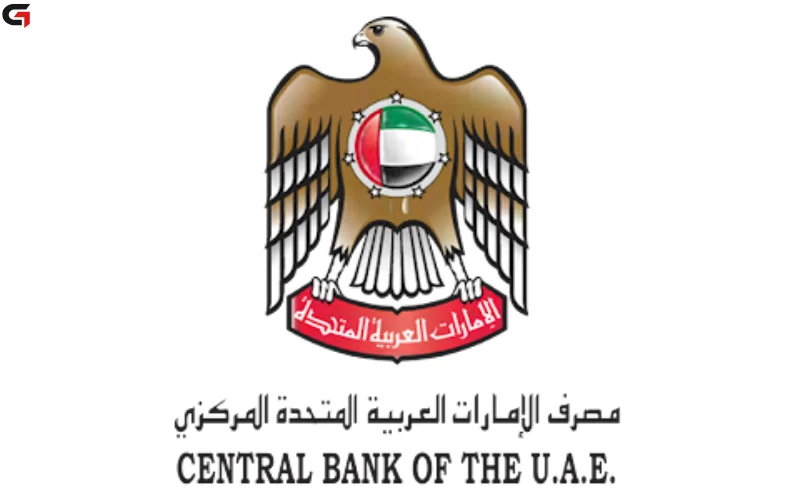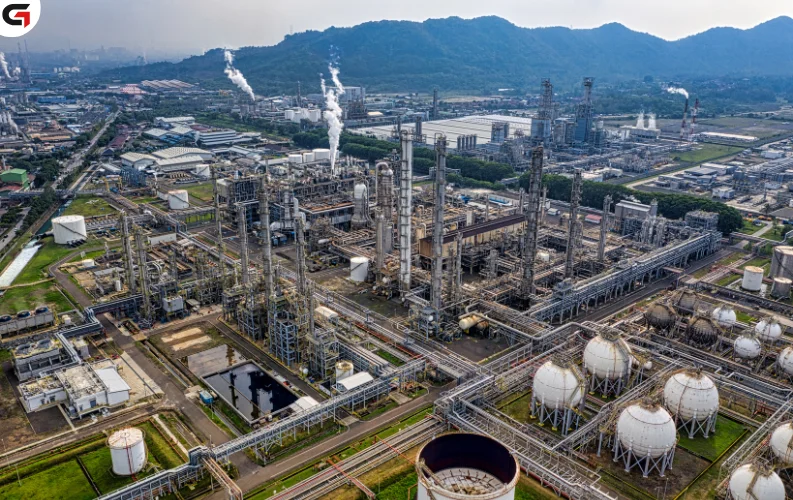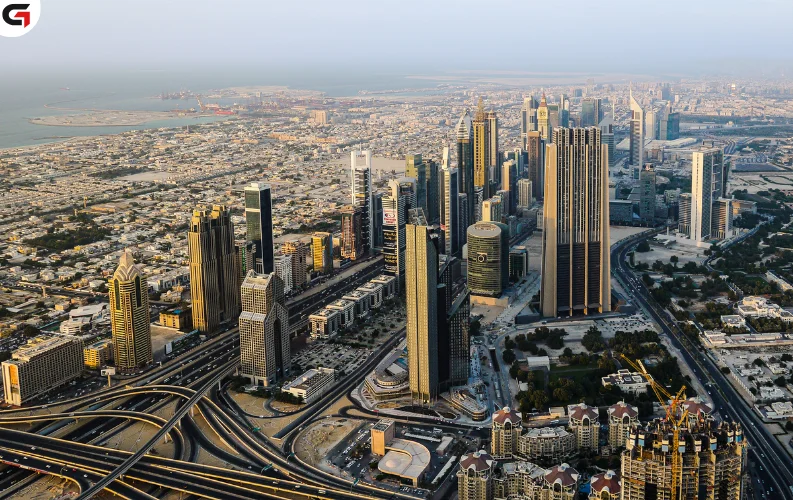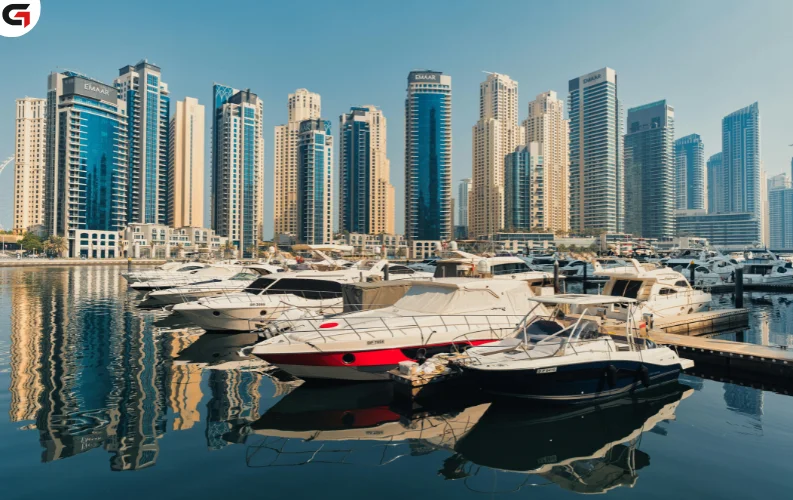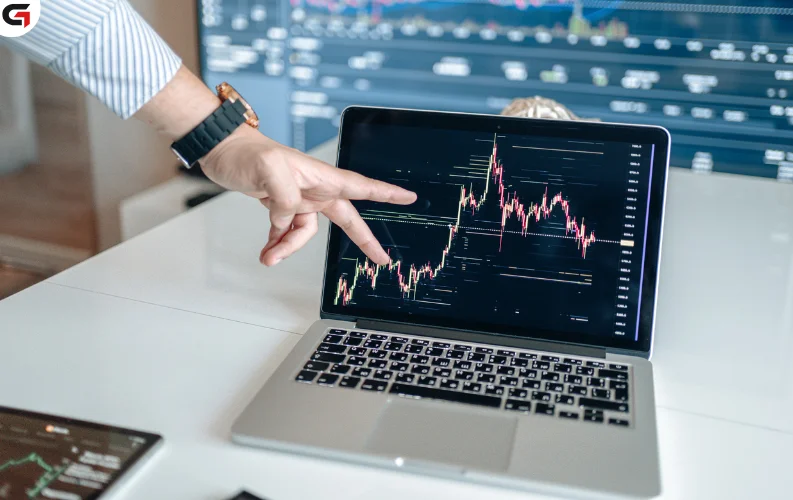The introduction of Value Added Tax (VAT) in the United Arab Emirates in 2018 brought a significant change to the country’s tax structure. For businesses operating in UAE free zones, understanding the tax rules is vital for staying compliant and avoiding unexpected costs.
Designated zones are specific areas approved by the Federal Tax Authority (FTA) that are treated as outside the UAE for VAT purposes, even though they are physically within the country. This unique status creates different tax rules depending on how goods are moved or used within these zones.
When goods are moved within a designated zone or between two such zones, the VAT treatment depends on the use of the goods. If the goods are bought for internal use, such as office equipment, food, or fuel, VAT at 5% is applied. But if the goods are acquired for resale or further production and are not consumed by the business, they may fall outside the VAT scope. Businesses must keep clear records and prove that such goods were not altered or used before resale.
For instance, if a company in a designated zone buys office furniture for use by its staff, VAT must be paid. On the other hand, if a factory purchases raw materials like steel to produce equipment for sale, and those materials are not consumed in the process, the transaction may be exempt from VAT. This depends on how the business handles the goods and the supporting documentation it maintains.
The situation becomes more complex when goods move from a designated zone to the UAE mainland. Such movement is treated as an import, and import VAT at 5% is usually payable. The business or individual bringing the goods into the mainland must pay VAT at the time of entry. In some cases, VAT might have already been charged inside the zone, and then the goods are taxed again upon import, creating a double VAT situation.
Fortunately, VAT-registered businesses can recover the import VAT through their tax return if certain conditions are met. These include showing that the goods were already taxed, no resale occurred, and that complete documents are available to support the claim.
Businesses must take special care in documenting every transaction. Knowing whether VAT applies depends on the goods’ final use and whether they were altered or consumed before reaching the mainland.
According to Johnson M. George, General Manager of UAQ Free Trade Zone, the key for businesses is to assess VAT treatment based on the movement and purpose of goods. Staying compliant with the FTA’s rules can help avoid fines and ensure smooth business operations.
In conclusion, VAT in UAE free zones is not a one-size-fits-all rule. Each transaction must be carefully reviewed to determine its tax status. With proper records and understanding, businesses can manage VAT effectively and avoid costly errors. Seeking advice from tax professionals is highly recommended for companies engaged in cross-zone or import-related activities.



